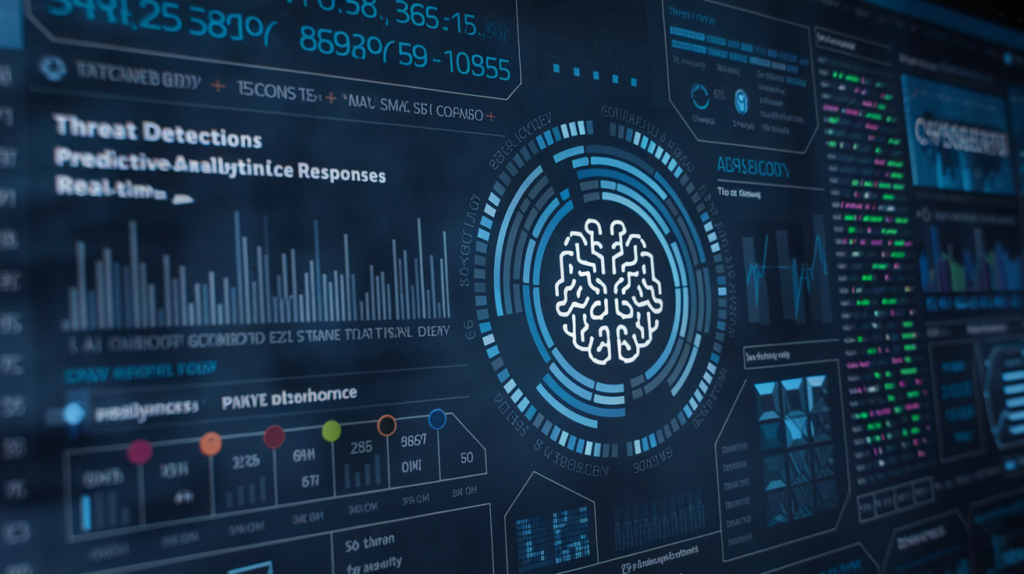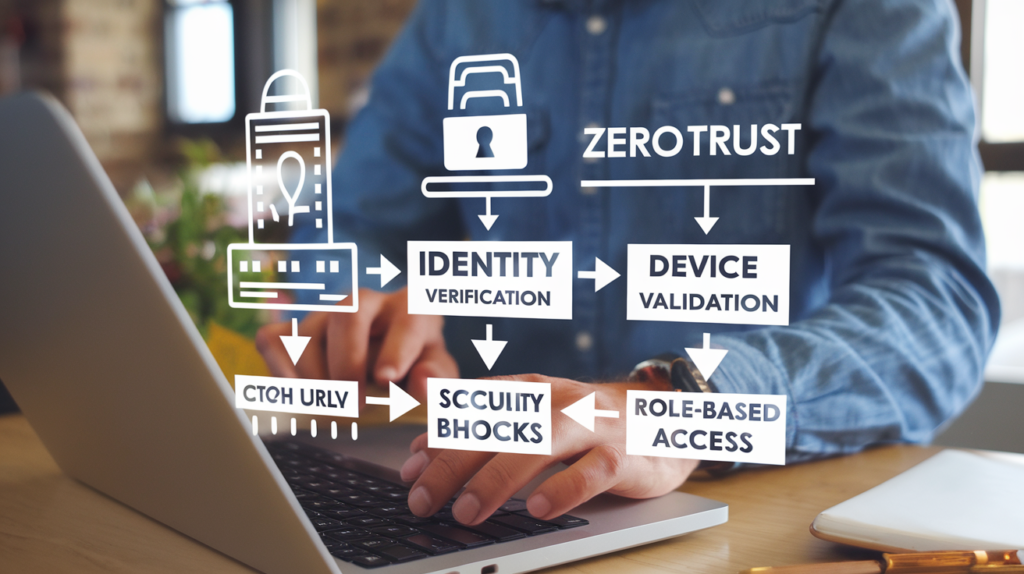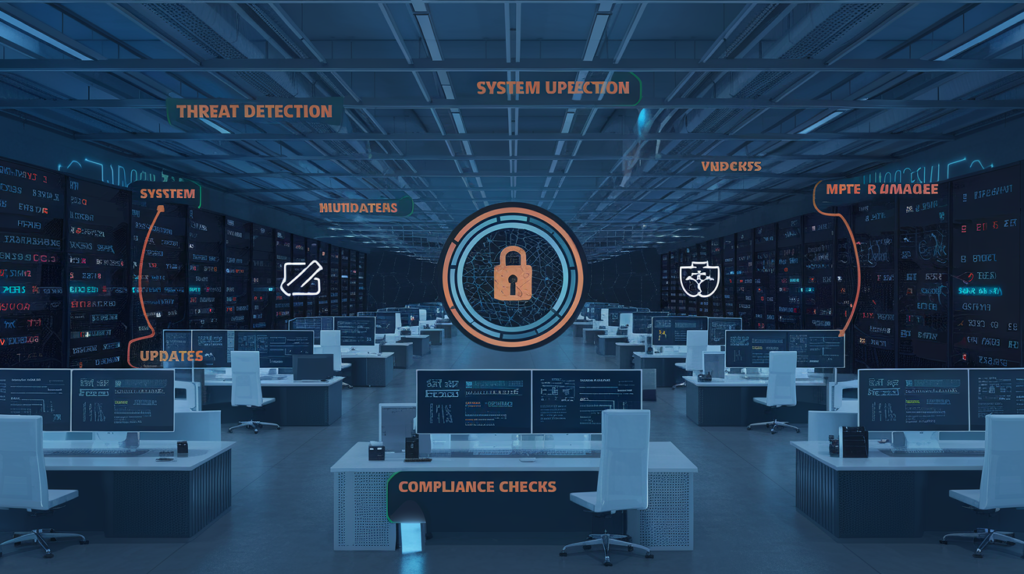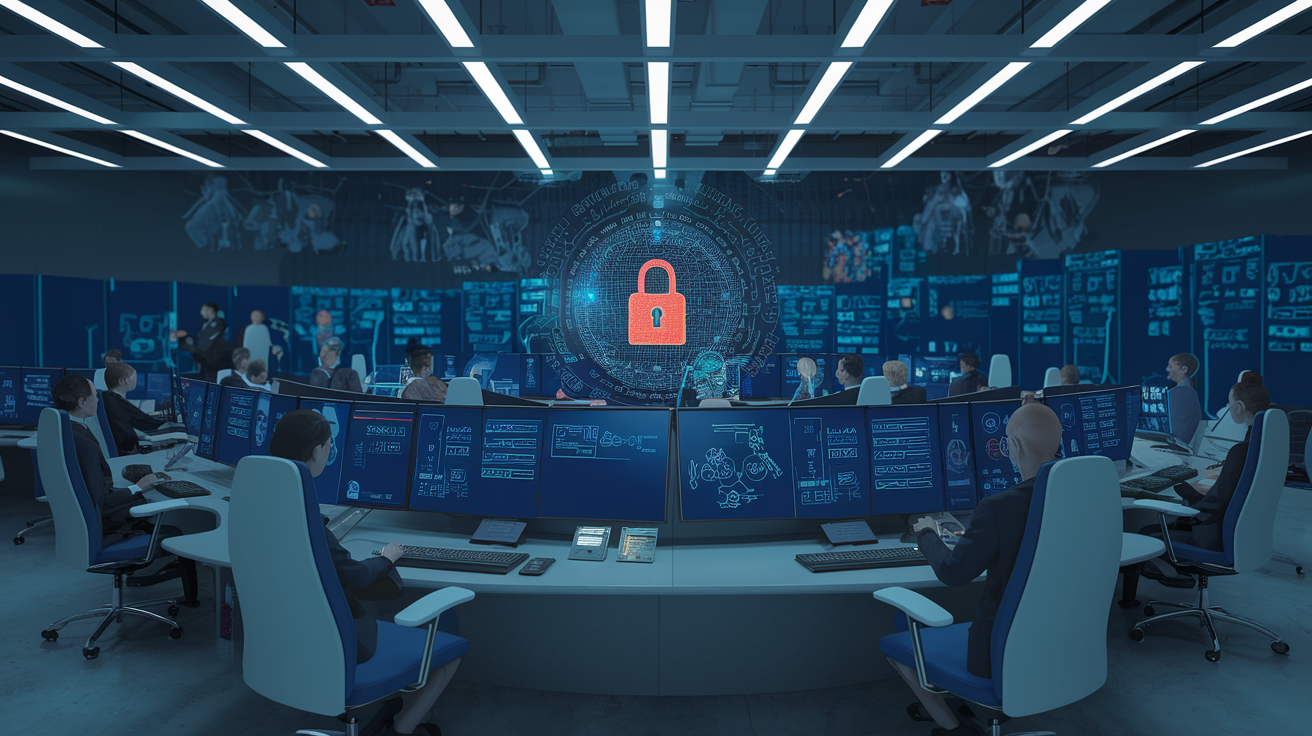How Cybersecurity Tech Is Evolving in Future: Cybersecurity is rapidly transforming to address the challenges of an increasingly digital world. In 2025, the evolution of cybersecurity technology is shaping how businesses, governments, and individuals defend against sophisticated threats. This article explores the key advancements and trends revolutionizing cybersecurity.
The Role of Artificial Intelligence in Cybersecurity
Table of Contents
Artificial intelligence (AI) is at the forefront of cybersecurity innovation. AI-powered systems now detect and mitigate threats in real-time, improving response times and reducing risks. Machine learning algorithms analyze vast datasets to identify patterns that indicate potential breaches. By 2025, predictive analytics and AI tools are becoming indispensable for threat detection and prevention.

How Cybersecurity Tech Is Evolving in Future: Zero-Trust Security Models
The traditional perimeter-based approach to cybersecurity is being replaced by the zero-trust model. In 2025, zero-trust security ensures no user or device is trusted by default, requiring strict verification at every access point. This shift prioritizes data protection and prevents lateral movement within networks during breaches.

Rise of Quantum-Resistant Encryption
As quantum computing progresses, traditional encryption methods are at risk of becoming obsolete. To counter this, cybersecurity in 2025 is focusing on quantum-resistant encryption algorithms. These cutting-edge technologies protect sensitive data from quantum attacks, ensuring long-term security for critical systems.
The Growth of Cybersecurity Automation
How Cybersecurity Tech Is Evolving in Future: Automation is streamlining cybersecurity processes by managing repetitive tasks like patch management, compliance monitoring, and threat analysis. Automated tools enhance efficiency and allow cybersecurity professionals to focus on more strategic concerns. By 2025, automation is a cornerstone of proactive security strategies.

Collaboration Between Tech Giants and Governments
The fight against cyber threats is no longer confined to individual organizations. Governments and tech companies are collaborating more closely to create global frameworks for data protection and cybercrime prevention. This cooperation is paving the way for standardized cybersecurity practices worldwide.
Conclusion
The evolution of cybersecurity technology in 2025 emphasizes AI-driven solutions, zero-trust models, quantum-resistant encryption, automation, and global collaboration. As cyber threats continue to grow in complexity, staying informed about these advancements is essential for businesses and individuals alike.
The evolution of cybersecurity technology in 2025 highlights transformative changes driven by innovation and necessity. AI-powered tools have drastically improved threat detection accuracy, with studies showing that AI systems can reduce detection times by up to 96% compared to traditional methods. Zero-trust models are becoming standard, with 74% of organizations worldwide adopting zero-trust principles to strengthen data protection. Quantum-resistant encryption is being prioritized as research predicts that quantum computers could break current encryption by 2030, making early adoption crucial for industries handling sensitive data.
Moreover, automation has been shown to cut manual cybersecurity tasks by 50%, freeing up resources for strategic planning. Finally, collaborations between governments and tech giants are shaping global cybersecurity frameworks, as evidenced by initiatives like the Cybersecurity Tech Accord, which now includes over 150 companies committed to reducing cyber threats globally.
These advancements underscore the need for businesses and individuals to stay proactive, adopt new technologies, and prioritize cybersecurity to protect against increasingly sophisticated cyber threats.





